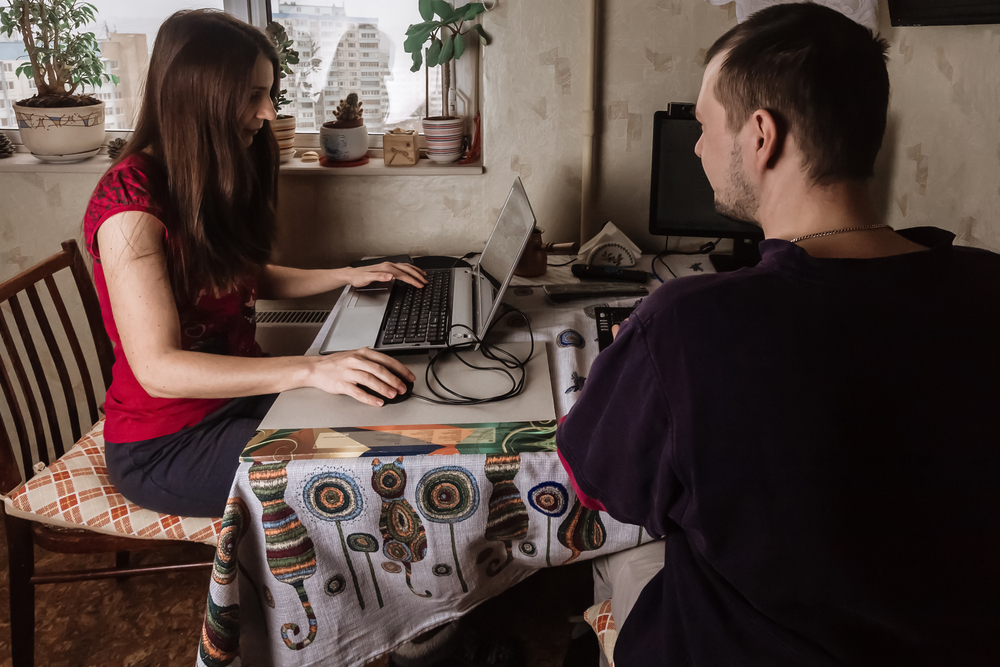
Of all the ways the pandemic has changed people’s lives, the switch to remote or hybrid working could be among the most long-lasting. Homeworking has presented employers with new organisational challenges and unlocked some unexpected benefits, such as improved employee engagement and productivity. And while it has been challenging for workers too, many of whom have had to balance professional obligations with family responsibilities, it has its advantages – and many are reluctant to go back to the way things were.

A survey of more than 30,000 workers conducted by Microsoft in January found that 41% are considering leaving their current employer within the next year, and that a back-to-office order might well be the last straw for many of them. “Employee expectations are changing, and we will need to define productivity much more broadly — inclusive of collaboration, learning, and well-being to drive career advancement for every worker,” Microsoft CEO Satya Nadella says. “All this needs to be done with flexibility in when, where, and how people work”.
A survey by McKinsey & Company, conducted between December 2020 and January 2021, found that the majority of full-time employees in corporate or government jobs (52%) would prefer to see their employers adopt a hybrid work system, with another 11% hoping for fully remote work. In the Microsoft survey, 73% of workers said they want flexible remote work options to stay. Combine that with a wave of resignations that has seen the share of US workers leaving their jobs at its highest since at least 2000 at 2.7% and it is clear that employers are under pressure to shape new working arrangements for their staff.
Will there be a permanent shift to remote work?
New figures published this week by the UK Office for National Statistics (ONS) reveal that just under a quarter of British businesses are taking heed. It found that 24% of businesses that did not halt operations during the pandemic are planning to permanently switch to a model that involves homeworking.
Unsurprisingly, the ICT sector is the most enthusiastic adopter, with 49% of businesses in the sector betting on a flexible approach to working for the future. Overall, the industries that switched more decisively to hybrid or remote working since the beginning of the pandemic, are more willing to keep these changes permanently. The sectors that were least likely to consider hybrid working, such as accommodation, food services and transportation, are those whose line of work requires most employees to attend their usual place of work.
However, there is a disconnect between workers' expectations and employers' enthusiasm for remote working. On the one hand, 85% of UK adults who are currently homeworking want to continue to use a hybrid approach, the ONS found, and 36% expect to spend most or all of their time working from home in future. But 38% of businesses expect at least three-quarters of their employees to return to their normal place of work.
A gap between workers and employers
Not everyone's experience of working during the pandemic has been the same. Despite their overall satisfaction with remote working, the majority of respondents in Microsoft's study said they have been 'surviving/struggling' at work during the pandemic, as opposed to 'thriving'. The only group for whom the opposite is true are 'business leaders', 61% of whom said they were thriving. This group are more likely to be men, Millennials or Generation X, working in the information industry. On the other end of the spectrum, workers who have been struggling the most are mostly women, Generation Z, frontline workers at the beginning of their career.
The post-pandemic working environment may be similarly uneven, the ONS study suggests. Higher-income workers in the UK are more likely to expect a hybrid working model in future it found, while those with lower income were more likely to believe they will be working solely from their usual workplace or home.
Younger employees expect to return to offices sooner than older workers, with 36% of those between 16 and 29 years saying they anticipate being back at their usual workplaces in less than two months, compared to 28% of all workers. One reason for this may be their negative experience of homeworking, compared to older counterparts. Employees aged 16 to 29 years were the least likely to report that the switch to homeworking has improved their work-life balance, although they still cite this as the top advantage. This group has had to deal with more distractions at home and, more than any other group, they've found it harder to collaborate with others.
The impact of remote work on wellbeing and diversity
While well-being is a natural priority for workers, the ONS survey shows it is high on the agenda for employers as well. Of those UK businesses that plan to continue to use hybrid working, 80% cite improved staff well-being as their top motivator, followed by reduced expenses (49%), higher productivity (48%) and the ability to recruit more diverse talent from a wider geographical pool (35%).
A recent study by LinkedIn supports this last objective: women are 26% more likely to apply for remote jobs than men, it shows. And people with a bachelor's degree or lower are 23% more likely to apply to remote jobs than those with higher qualification.
While the prospect of losing valuable employees after the pandemic ends is real for every type of organisation, those that offer enough flexibility to their workforce would be more likely to retain and attract top talent. As people have had the chance to re-evaluate their relationship with their job, those who found it unfulfilling are ready to move on in pursuit of their true calling. This will be a challenge for businesses that would lose disillusioned employees but also an opportunity for those who would hire newly motivated professionals.






